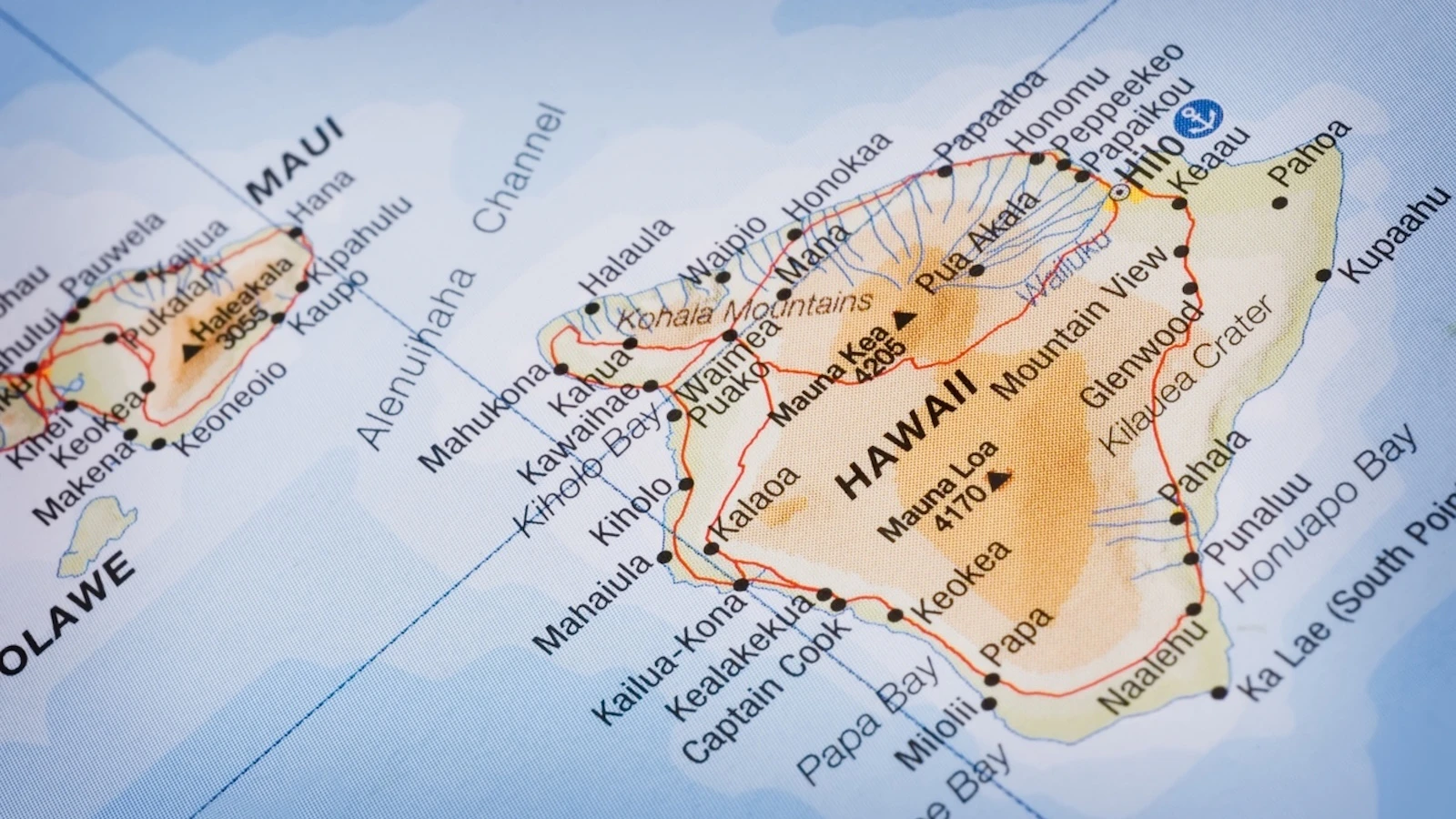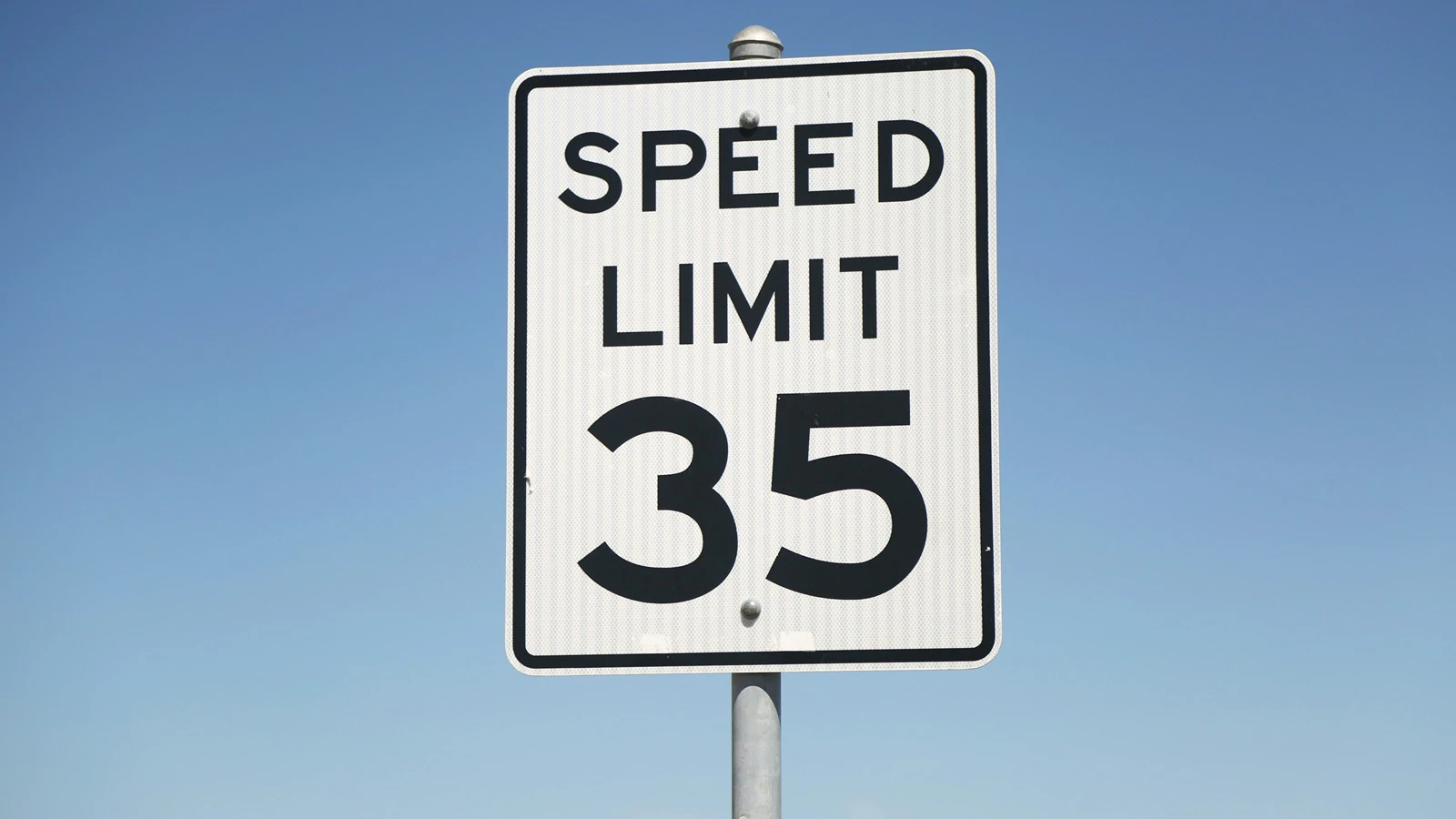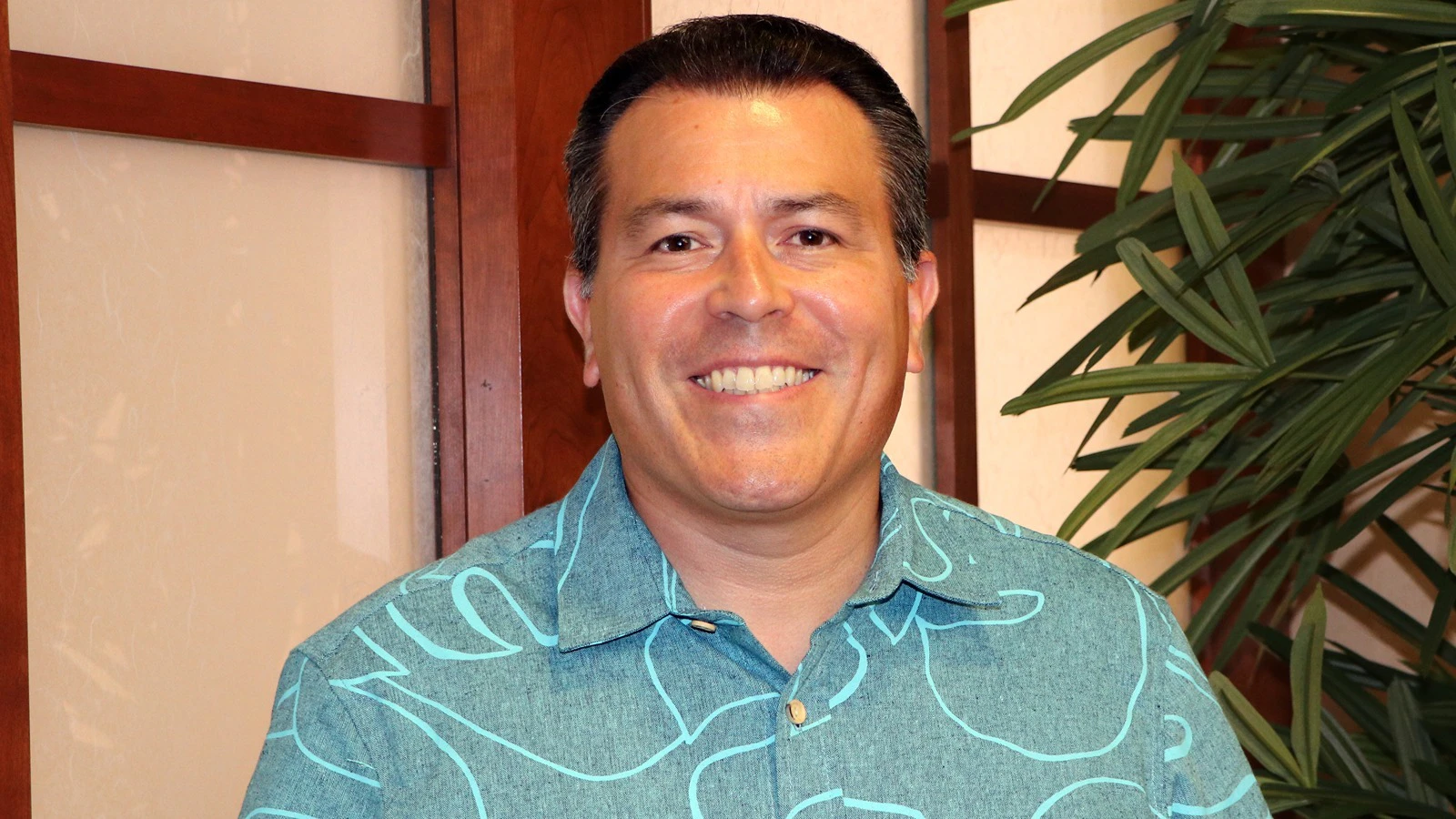A terrific resource for kama‘āina to understand the Islands are the State of Hawai‘i Data Books, published annually by the Research & Economic Analysis division of the state Department of Business, Economic Development and Tourism. Published since 1962, they offer a wealth of data on population, education, industry, vital statistics and more.
Here Aloha State Daily takes a look at education in Hawai‘i with a 50-year perspective. How many students, then and now? What do we spend on education? How educated are we, and where are those kids now?
The target years for comparison are 2022 — since the most recent Data Book is the 2023 edition — and back half a century to 1972, drawn from the 1973 edition.
For all statistics reported here, we used most recent year available and, for readability, rounded percentages and dollar values to the nearest whole number.
Size of education
One thing this deep dive reveals is how old Hawai‘i’s population has become. In the 1972-73 school year, we had 214,360 kids enrolled in schools, public and private, out of a total population of about 770,000, including armed forces stationed in Hawai‘i.
As of the April 2022 census, 1.4 million civilians and military lived in Hawai‘i — double the population — but the number of kids enrolled in public and private schools declined to 205,777.
In the 1972-73 school year, Hawai‘i had 222 state-run public schools, with 181,587 students taught by 8,310 teachers. That’s about 22 students per teacher.
There were 119 private schools in the 1972-73 school year, with 32,773 students — 15% of all students in Hawai‘i — taught by 1,797 teachers, or 18 students per teacher.
In the public schools’ 2023-24 school year, enrollment stood at 169,308. Total head count for teachers the year prior was 11,001, or 15 students per teacher.
As of the 2021-22 school year, there were 136 private schools, with 36,469 students — nearly 18% of all Hawai‘i students — taught by 3,225 teachers, or 11 students per teacher.
Spending then
The 1973 Data Book didn’t include spending data, so we turned to the 1975 edition to find data for 1972.
In 1972, the state spent $183,830,422 on operations and $35,269,593 on capital expenses, for a total of $219 million. The per pupil cost was $1,007. The average annual teacher salary was $10,459. The school year was 178.5 days long.
Let’s adjust all that for inflation. In 2024 dollars, the state spent the equivalent of $1.38 billion on operations and $263.2 million on capital expenses, for a total of $1.65 billion. The per pupil cost was $7,572. The average annual teacher salary was equal to $75,200.
How much does Hawai‘i spend now?
In the 2020-2021 school year, Hawai‘i spent $3.1 billion, including capital expenses, for an average of $17,588 per pupil. The Data Book does not specify teacher pay or school year length. For that, we looked elsewhere. According to the NEA, the average Hawai‘i teacher salary is nearly $71,000, 14th highest in the nation.
The 2024-2025 school year has 182 days.
Bottom line: In constant dollars, education costs nearly twice as much as it did a half-century ago to educate fewer students. Little of that increase has gone to teachers.
How educated are we?
As of 1970, looking at Hawai‘i’s 384,843 adults aged 25 years or older, a fourth of them had an elementary school education at most. Half had attended from one to four years of high school. And 26% had attended one or more years of college.
By 2022, Hawai‘i had 1,023,843 adults aged 25 years or older. The data book no longer lists the number with only an elementary school education. About 93% were high school graduates or higher; 35% had a bachelor’s degree or higher; and 13% had a graduate or professional degree.
How are the kids doing now?
The Data Book includes the 2022-2023 results for “Hawai‘i Smarter Balanced Assessment” in English Language Arts and Mathematics.
Among 11th graders, 57% were deemed proficient in English language arts. About 25% were found to be proficient in math.
There is no comparable measure for 1972, except for illiteracy rates as a proxy for written language skills. In 1970, 0.4% of Hawai‘i residents aged 14 to 24 were considered illiterate.
A. Kam Napier can be reached at kam@alohastatedaily.com.





